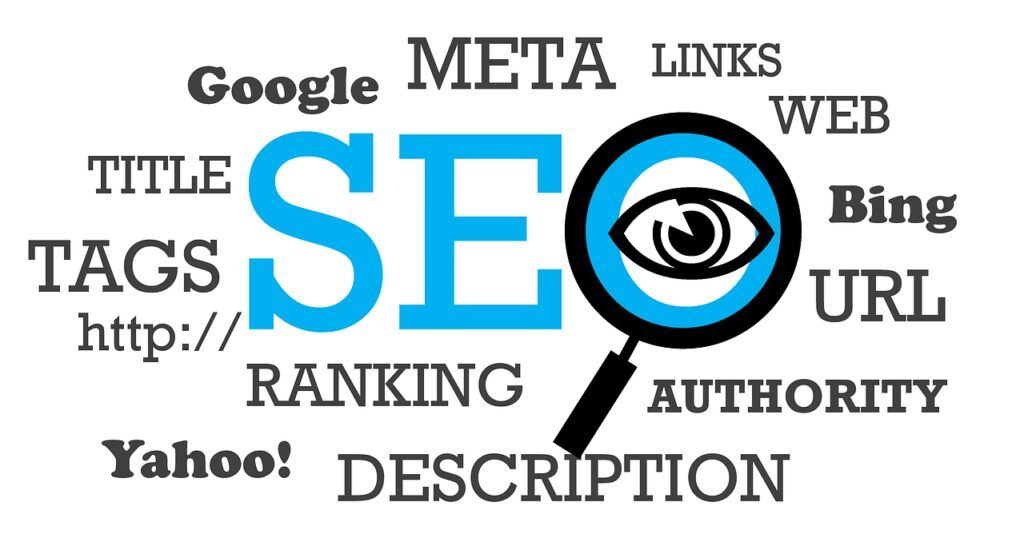
Importance of Technical SEO
In the world of search engine optimization (SEO), technical SEO is the bedrock of a high-performing website. While content and backlinks are essential, technical SEO ensures that search engines can effectively access, understand, and rank your website. This guide will help you understand the core components of a technical SEO test. It will explain why each component is critical. It will also show how to implement best practices.
Table of Contents
1. Site Speed and Performance
Why It Matters
Website speed directly impacts user experience. Studies show that if a page takes more than 3 seconds to load, over 50% of visitors will leave. Google also prioritizes faster websites, so page speed is a ranking factor.
How to Improve
To measure site speed, use tools like Google PageSpeed Insights, GTMetrix, or Pingdom. These tools provide actionable insights on what’s slowing down your site. Common recommendations include:
Image Optimization: Compress images to reduce file size.
Minify Code: Remove unnecessary code (spaces, commas) from CSS, JavaScript, and HTML.
Use a Content Delivery Network (CDN): CDNs cache content close to the user’s location for faster delivery.
By improving page load speed, you enhance both SEO and user satisfaction.
2. Mobile-Friendliness
Why It Matters
With over half of global web traffic coming from mobile devices, Google has shifted to mobile-first indexing. This means Google primarily uses the mobile version of your content for indexing and ranking.
How to Check Mobile Friendliness
To evaluate mobile compatibility, use Google’s Mobile-Friendly Test. Key factors include:
Responsive Design: Ensure the layout adapts well on various devices.
Clickable Elements: Buttons and links should be appropriately sized and spaced.
Readable Text: Font size should be legible on smaller screens without zooming.
A mobile-optimized site not only improves SEO but also ensures that users on all devices have a seamless experience.
3. Crawlability and Indexing
Why It Matters
Crawlability and indexing are foundational for SEO. If search engines can’t crawl or index your pages, they can’t appear in search results.
How to Optimize Crawlability and Indexing
XML Sitemap: An XML sitemap helps search engines discover your pages. Ensure it’s updated and accessible.
Robots.txt File: This file tells search engines which pages or sections to ignore. Use it carefully to avoid blocking critical content.
Internal Linking: A strong internal linking structure helps search engines understand page relationships and prioritize crawling.
Fix Broken Links: Broken links disrupt the user experience and can waste search engine crawl resources. Use tools like Screaming Frog or Ahrefs to identify and fix broken links.
Using Google Search Console, you can monitor how Google indexes your site. You can identify crawl errors. You can also resolve any issues that could harm your rankings.
4. URL Structure and Site Architecture
Why It Matters
An organized URL structure and logical site architecture improve both user experience and SEO. Clear URLs and site structure help search engines understand and navigate your site efficiently.
Best Practices
Keep URLs Simple and Descriptive: Use URLs that are concise, avoid unnecessary parameters, and include keywords if relevant.
Organize Content by Categories and Subcategories: Grouping similar content helps users and search engines navigate through your site.
Breadcrumb Navigation: This enhances user experience and improves internal linking, providing context to search engines about your site hierarchy.
For instance, a URL like example.com/seo-guide is cleaner and more effective than example.com/index.php?id=123.
5. On-Page Technical Elements
Why It Matters
On-page technical elements are critical to helping search engines understand the relevance of your content. These elements include meta tags, headings, and alt text, all of which contribute to SEO.
Key On-Page Elements to Optimize
Title Tags and Meta Descriptions: Craft unique, descriptive titles and meta descriptions with target keywords to improve click-through rates.
Header Tags (H1, H2, etc.): Organize content with headers that clarify the page structure. The H1 tag should describe the page’s main topic, while H2s and H3s can structure subtopics.
Alt Text for Images: Alt text helps search engines understand image content. It is essential for accessibility. Alt text describes images for visually impaired users.
By optimizing these elements, you help search engines interpret and rank your content more effectively.
6. SSL Certificate and HTTPS Security
Why It Matters
An SSL certificate provides secure, encrypted connections and is a known ranking factor. Sites with HTTPS are trusted by users and search engines alike, whereas sites without SSL may be flagged as “Not Secure.”
How to Implement SSL
Most hosting providers offer SSL certificates. Once installed, ensure all pages redirect to the HTTPS version to avoid duplicate content issues. Tools like Why No Padlock? can help diagnose any SSL issues on your site.
7. Structured Data (Schema Markup)
Why It Matters
Schema markup (structured data) helps search engines understand the content and context of your pages. It can enable rich snippets in search results, which enhance your visibility and click-through rates.
Types of Structured Data
Common types include:
Product Markup: Shows price, availability, and reviews.
Breadcrumbs: Displays navigational paths.
FAQ Markup: Lists common questions and answers on relevant pages.
Review Markup: Displays star ratings for products, services, or content.
Use Google’s Structured Data Markup Helper or Schema.org guidelines to implement structured data correctly. Test your markup with the Google Rich Results Test to ensure it’s properly configured.
8. XML Sitemap and Robots.txt File
Why It Matters
An XML sitemap helps search engines discover and prioritize important pages on your website, while the robots.txt file directs crawlers on which sections to ignore.
How to Optimize
Update the Sitemap Regularly: As you add or remove content, ensure your XML sitemap reflects these changes.
Submit to Search Engines: Use Google Search Console and Bing Webmaster Tools to submit your sitemap and monitor indexing status.
Check Robots.txt: Ensure essential content isn’t blocked and only restricted areas like admin pages are excluded.
Together, a well-maintained sitemap and a properly configured robots.txt file support better crawl efficiency.
9. Canonical Tags
Why It Matters
Canonical tags prevent duplicate content issues, which can dilute your SEO efforts if the same content appears on multiple URLs.
How to Use Canonical Tags
Set a canonical tag on the preferred version of your content to consolidate ranking signals. For instance, if both example.com/page and example.com/page?ref=abc exist, adding a canonical tag on both versions pointing to example.com/page helps search engines recognize it as the main URL.
10. 404 Errors and Redirects
Why It Matters
404 errors occur when a page is missing, which can hurt user experience and SEO. Handling these errors correctly maintains your site’s integrity.
How to Manage
Set Up 301 Redirects: Redirect broken URLs to relevant pages instead of leaving them as 404 errors.
Create a Custom 404 Page: Use a user-friendly 404 page. It should guide users back to active pages. Alternatively, it can suggest popular content.
By proactively managing 404 errors, you can retain user engagement and preserve SEO value
Here are some external reference links that can provide additional insights into technical SEO:
- Moz – Technical SEO Guide: A comprehensive overview of technical SEO elements and best practices. Read more here.
- Ahrefs – Technical SEO Checklist: A detailed checklist for conducting a technical SEO audit on your website. Check it out here.
- Search Engine Journal – Technical SEO: Articles and resources on technical SEO strategies and updates. Explore here.
- Google Search Central – SEO Starter Guide: Google’s own guide that includes important technical SEO practices. View the guide here.
Conclusion
A technical SEO test is essential to building a strong foundation for your website. Every component, from site speed to structured data, is important. These elements make your site more accessible, user-friendly, and search engine-friendly. Implementing these best practices may take time. However, the results are worthwhile. They improve both user experience and search engine performance.
Whether you’re an SEO beginner or a seasoned expert, a comprehensive technical SEO test will enhance your website’s visibility. It will also lay the groundwork for ongoing optimization. Regularly testing and updating technical SEO elements will help your site stay competitive in the ever-evolving world of search.
Discover more from Latest News, Trending Topics - Topics Insider
Subscribe to get the latest posts sent to your email.

